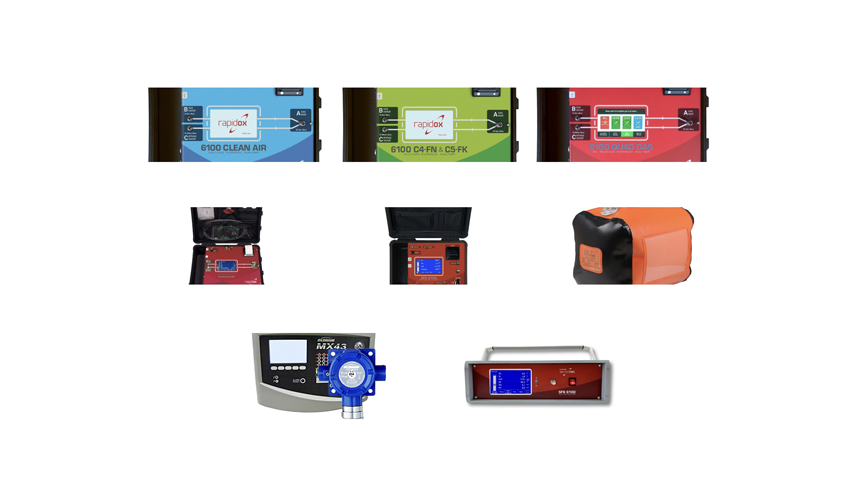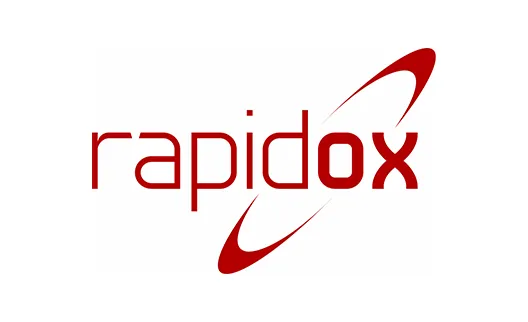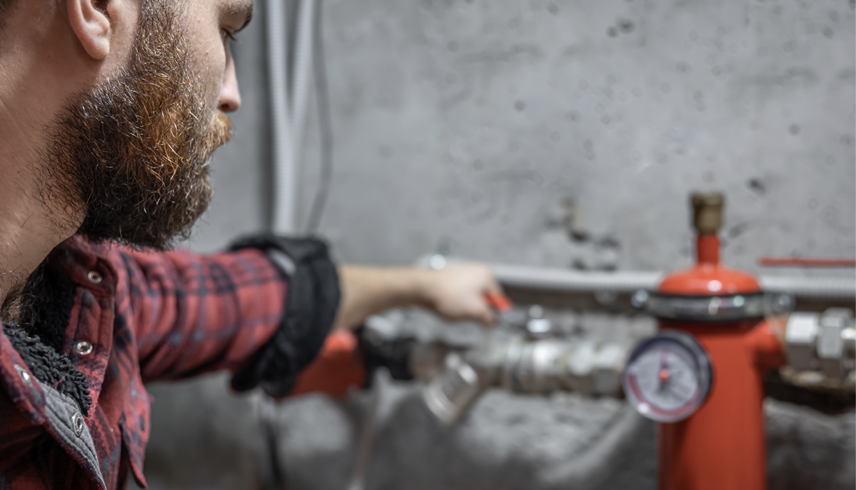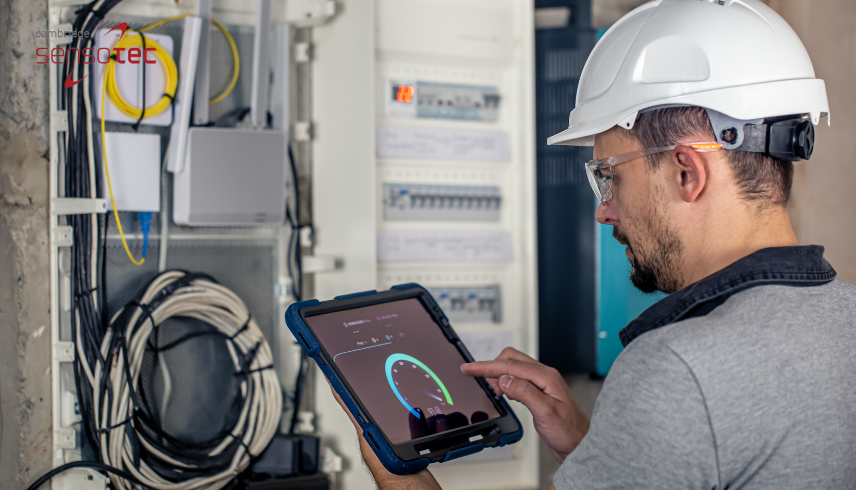

The Evolution of SF6-Free Switchgear: The Benefits and Challenges
As the global demand for sustainable energy solutions continues to grow, the shift towards environmentally friendly alternatives in electrical switchgear has gained momentum. One significant development is the evolution of SF6-free switchgear, designed to reduce greenhouse gas emissions while maintaining high performance. As experts in gas analysis solutions, Cambridge Sensotec takes you on a journey through the evolution of SF6-free technology, exploring its benefits and challenges.
Understanding SF6 and Its Role in Switchgear
SF6 (sulphur hexafluoride) has been widely used as an insulating and arc-quenching gas in high-voltage switchgear for decades. Its excellent insulating ability (dielectric properties) and resistance to heat (thermal stability) make it a reliable choice for managing electrical power. However, SF6 is a potent greenhouse gas, with a global warming potential (GWP) 23,500 times greater than CO2. Recognising its environmental impact, industry stakeholders have sought alternatives that balance performance with sustainability.
The Transition to SF6-Free Switchgear
The evolution of SF6-free switchgear marks a significant step towards a more sustainable energy future. Manufacturers have developed innovative technologies to replace SF6 while preserving the essential characteristics of reliability, efficiency, and safety. Several strategies have emerged, including the use of alternative gases, vacuum-based systems, and solid-state insulation materials.
- Alternative Gases: One of the primary methods involves the development of alternative gases or gas mixtures with lower global warming potential. These gases aim to replicate SF6’s dielectric properties, which prevent electrical discharges, while significantly reducing environmental harm. Research into fluoronitrile-based and fluoroketone-based solutions has shown promising results.
- Vacuum Technology: Vacuum circuit breakers, already used in medium-voltage systems, are now being adapted for high-voltage applications. These systems rely on a vacuum—an environment devoid of matter—to interrupt arcs, eliminating the need for insulating gases altogether. This technology not only avoids greenhouse gas emissions but also enhances operational safety. Building on findings from How Modern Controls are Mitigating SF6 Communication Errors modern vacuum systems are now equipped with advanced controls to ensure precise performance and reliability in critical applications.
- Solid-State Insulation: Advanced solid materials are being used to replace traditional gaseous insulation. These solid-state systems offer strong insulating properties and remove risks of gas leaks, making them reliable and durable. Solid-state switchgear also tends to have a more compact design, which can be advantageous for installations with limited space. As highlighted in Why Dry Air is Essential for the Future of Switchgear Insulation dry air solutions are being integrated into solid-state systems to enhance performance and sustainability further.
- Hybrid Systems: Some manufacturers are exploring hybrid approaches that combine elements of vacuum and alternative gases. These systems aim to optimise performance and cost while transitioning away from SF6 dependency.
- Digital Enhancements: Modern SF6-free switchgear often incorporates digital technologies for monitoring and maintenance. Internet of Things (IoT)-enabled devices provide real-time diagnostics, improving reliability and reducing downtime. These advancements further justify investment in these systems by enhancing efficiency. Building on insights from Digital Switchgear: Transforming the Future of Electrical Infrastructure these systems allow predictive maintenance and dynamic operational adjustments, revolutionising the way switchgear operates.
Industrial Standards and Regulations
The shift towards SF6-free switchgear is driven by stringent international standards and regulations aimed at reducing greenhouse gas emissions. Key initiatives include:
- European Union Regulations: The EU’s F-Gas Regulation imposes strict limits on the use of fluorinated gases, including SF6. This regulation mandates a phased reduction in SF6 use and encourages the adoption of alternative technologies.
- IEEE and IEC Standards: Organisations like IEEE and the International Electrotechnical Commission (IEC) have developed guidelines for designing and testing SF6-free equipment, ensuring safety and reliability.
- Net-Zero Commitments: Governments and industries worldwide have pledged to achieve net-zero emissions, further incentivising the development and adoption of eco-friendly technologies.
- Localised Compliance: Countries like Japan and South Korea have implemented national policies to restrict SF6 usage and promote research into sustainable alternatives.
As emphasised in Sustainable Switchgear Solutions: Balancing Performance and Environmental Impact these regulatory frameworks not only enforce standards but also create opportunities for innovation by pushing the boundaries of what is technologically achievable.
These standards not only set benchmarks for performance but also provide a roadmap for manufacturers to innovate while maintaining compliance. Collaboration between regulators, industry players, and researchers is essential to streamline the transition and build trust in new technologies.
Benefits of SF6-Free Switchgear
Switching to SF6-free technology offers several advantages:
- Environmental Impact Reduction: By eliminating SF6, these systems significantly lower greenhouse gas emissions.
- Regulatory Compliance: SF6-free solutions align with international environmental policies, helping organisations avoid fines and meet sustainability goals.
- Innovation Opportunities: Developing alternatives fosters technological advancements and encourages industry innovation.
- Improved Public Perception: Transitioning to eco-friendly solutions enhances corporate responsibility and boosts reputation among environmentally conscious stakeholders.
Challenges in Adopting SF6-Free Solutions
While the benefits are clear, the adoption of SF6-free switchgear presents several challenges:
- Technical Limitations: Ensuring alternative systems match SF6’s exceptional insulating and arc-quenching properties requires significant R&D investment.
- Cost Implications: Transitioning to new technology can involve higher initial costs, making widespread adoption slower.
- Infrastructure Upgrades: Retrofitting existing systems or integrating new technology often demands substantial changes to infrastructure.
- Market Acceptance: The shift requires industry-wide collaboration and trust in the reliability of alternative solutions.
The Path Forward
The evolution of SF6-free switchgear represents a necessary shift towards sustainable practices in the energy sector. As technology continues to advance, the balance between performance and environmental responsibility is becoming increasingly achievable. Collaboration among manufacturers, regulators, and end-users will be essential in overcoming challenges and accelerating the adoption of SF6-free solutions.
The Summary:
The evolution of SF6-free switchgear highlights the power of innovation in addressing environmental challenges while maintaining industry standards. As more organisations prioritise sustainability, the adoption of these technologies will play a pivotal role in reducing greenhouse gas emissions and shaping a greener future.
Looking for more information on switchgear solutions? Contact Cambridge Sensotec today! Our team of experts are ready to help you.


